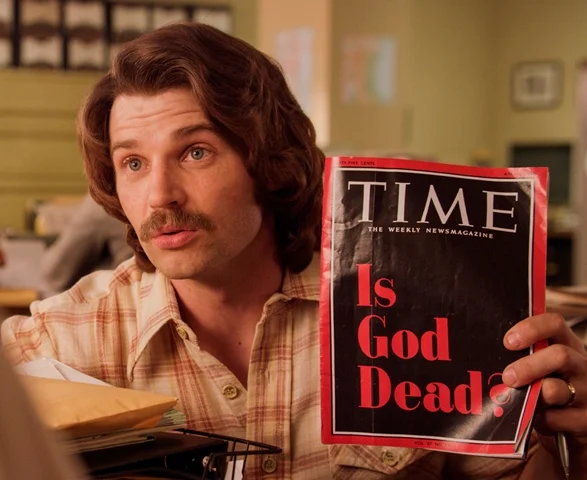The recording tape was rolling on Feb. 28, 1993, when Branch Davidian leader David Koresh called Larry Lynch at the McLennan County sheriff's office.
In the background, gunfire continued as Bureau of Alcohol, Tobacco and Firearms agents raided the 77-acre Mount Carmel complex near Waco. Koresh was wounded early in a two-hour firefight in which four agents and six civilians died.
Koresh kept talking about Bible prophecies. Lynch kept interrupting, trying to get him to pay attention and help stop the fighting.
"All right, we can talk theology," Lynch said, frustrated. "But right now …"
Koresh fired back: "No, this is life. This is life and death! … Theology … is life and death!"
For Koresh, everything hinged on Book of Revelation texts about the Seven Seals and "the Lamb," a mysterious figure who would open those seals in the Last Days.
That was the infamous Branch Davidian drama summed up in one tense exchange, according to the creators of the six-part Paramount Network miniseries "Waco," which runs through Feb. 28. The complex community inside the compound -- including some believers who debated with Koresh -- kept trying to tell FBI leaders and their handpicked experts why they were doing what they were doing and why they believed what they believed.
In the end, federal officials saw everything through a "cult" lens.
"Something dehumanizing happens when you start using the word 'cult,' " said John Erick Dowdle, who with his brother Drew spent four years creating the miniseries. "No matter what happened, no matter what anybody said, the FBI people thought it was just a matter of time before they would kill themselves."





